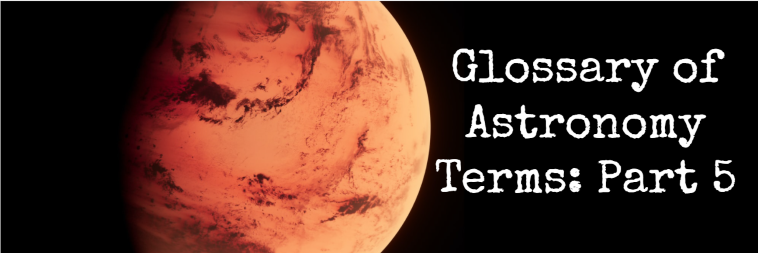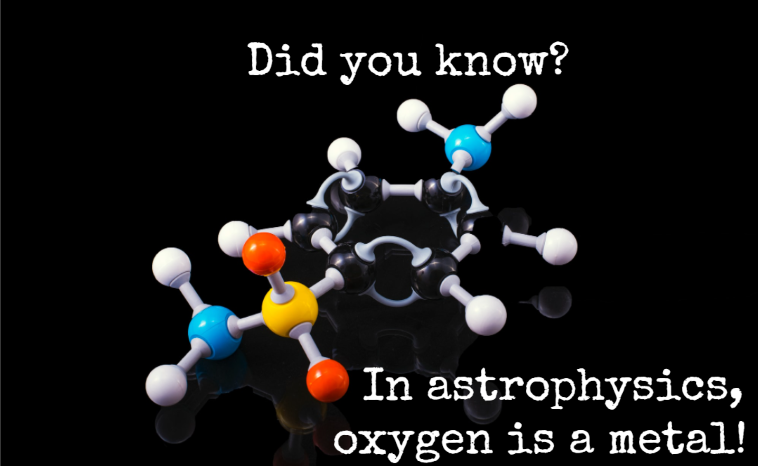Glossary of Astronomy Terms: Part 5

Knowledge is power, so we have created the fifth part of our glossary list to help expand your basic understanding of Astro terms.
Mars
Frankly, it is not easy to sum up Mars in a couple sentences without being completely banal. More so because the material on that planet has been accumulating for thousands of years.
Mars caught the eye of many ancient civilizations with its distinctive reddish color. It is named after the Roman god of war. Furthermore, it is twice the size of Earth, and it is believed that there was once water on it, but despite centuries of searching, no signs of cellular life were found on it. Mars is home to the highest mountain (an extinct volcano) in the solar system, Mons Olympus. It is over 20 kilometers high. For reference, Mount Everest is at 8.8 km.

Man’s descent to Mars is expected in the fourth decade of this century, although there are plans to do this even earlier.
Mass VS Weight
It is important to distinguish mass from weight. The mass of a body is the same everywhere, on the Moon and on Earth, and anywhere, say in the space between Jupiter and Saturn, or in the giant clouds of the Karina Nebula, or in the neighboring galactic cluster, everywhere.
This is not the case with weight. Take, for example, a person that weighs 55 kilograms on Earth. If that someone goes to the Moon and stands on the scale there, they will see that they weigh less than 10 kg. And again, on Jupiter, they will weigh as much as 158 kg. Weight depends on the gravity of the body on which we measure weight.
On the other hand, mass is a measure of inertia. And inertia is the tendency of the body to remain in an unchanged state, namely: if it is in a state of rest, to remain at rest, and if it is in a state of motion, to remain in a state of motion.
Moon
The Moon is woven into our myths, history and into superstitions. Among other things, with its gravity, it stabilizes the inclination of the Earth and thus enables the existence of life.
If it weren’t for the Moon, our Earth would have entered such climate changes that it couldn’t have survived a more complex form of life. The theory is that it was created 4.5 billion years ago after the Earth collided with a body the size of today’s Mars. Due to the force of the impact, the strong stones and dust of the planet flew upwards, and over time, the Moon was formed from that material.
Nowadays, the craters can be seen with ordinary binoculars on the Moon. These are scars formed because of the impact of stones and rocks that have fallen on the surface of the mysterious planet.
Metals
If you didn’t know this before, you will be surprised. In astrophysics, oxygen is a metal! And not just oxygen but every element except hydrogen and helium. Although it might appear a little unusual, that’s the way it is.

The division into metals and non-metals taken from our earthly chemistry is not of any use in astrophysics anyway, because the chemistry in the stars is completely different from ours. The stars are dominated by temperatures, measured in tens of millions of degrees, and enormous pressures. In such conditions, atoms do not go through the usual chemical reactions, and they don’t have their usual chemical characteristics, so they don’t have the properties of metals that they have here.
So, if you see a nebula with a lot of nitrogen and oxygen, you can say that the nebula is rich in metals.
NASA
Short for National Aeronautics and Space Administration. Let’s take this opportunity to add that NASA was founded in 1958 and that so far, most space missions are their work.
And did you know that one of the founders of NASA was Mihajlo Pupin?

